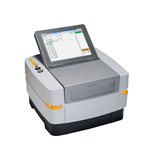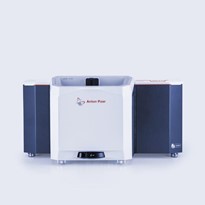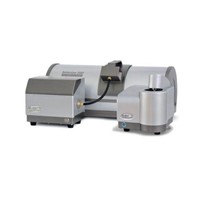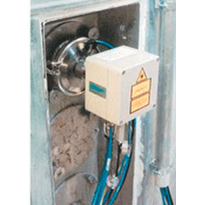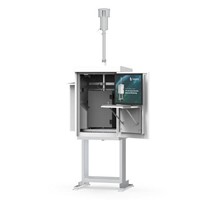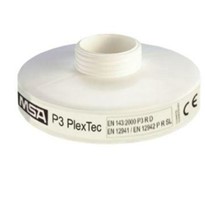Better characterization, better performance
The efficiency of portable devices like mobile phones relies heavily on rechargeable lithium-ion batteries, known for their high voltage and energy density. Understanding particle characteristics is crucial for optimizing battery performance and ensuring longevity across various applications, from speakers to electric vehicles.
The particle size has a significant impact on the quality of the electrode material and the performance of the battery. Particle size directly influences lithium ion diffusion, which in turn affects power density (current released, loading capability) and energy density (stored energy, battery capacity). A narrow particle size distribution enhances the interaction with the electrolyte, thereby yielding a high power output. Conversely, a broad distribution of particle sizes increases packing density, enabling the use of high-loading electrode materials for enhanced energy storage.
Particle size analysis by laser diffraction
The Litesizer DIF, based on laser diffraction, was used to conduct the measurements. Characterization of the particle size distribution using the median (D50) and span parameters, provides insights into the quality of the electrode materials and an estimate of the final battery performance. Among the cathode materials studied, LCO exhibited the largest particle size and the largest span, contrasting with NCM and NCA, which displayed smaller mean sizes and narrower distributions (see Figure 1).
Measurements were performed in the liquid dispersion mode and the Mie approximation was used to calculate the particle size distribution.
Laser diffraction is a valuable technique to determine key parameters such as median size, span, and fine fraction content in electrode materials. These parameters are crucial for guaranteeing sufficient fracture resistance.
Read the full application report here: https://shorturl.at/5zJm5


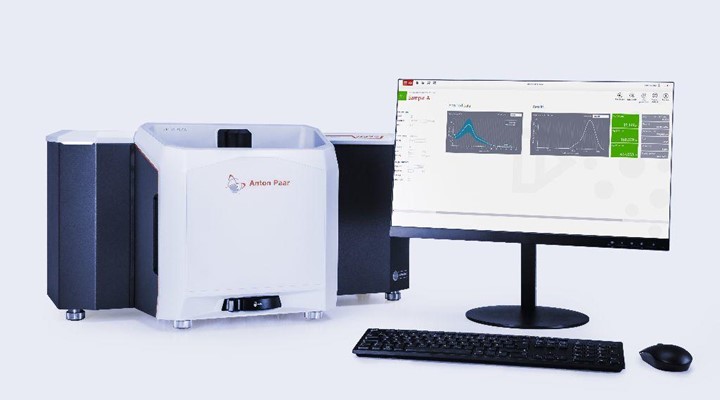
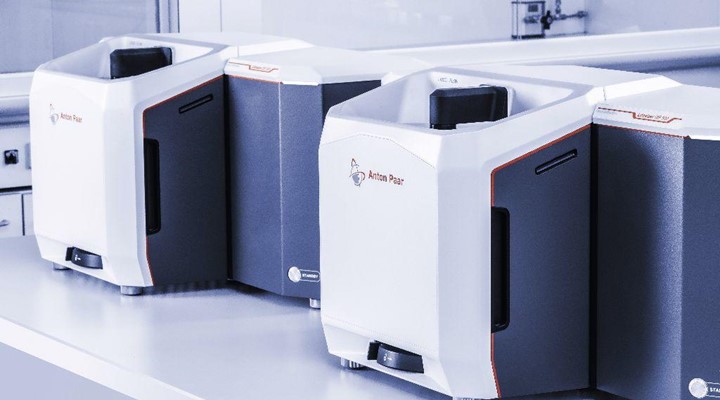
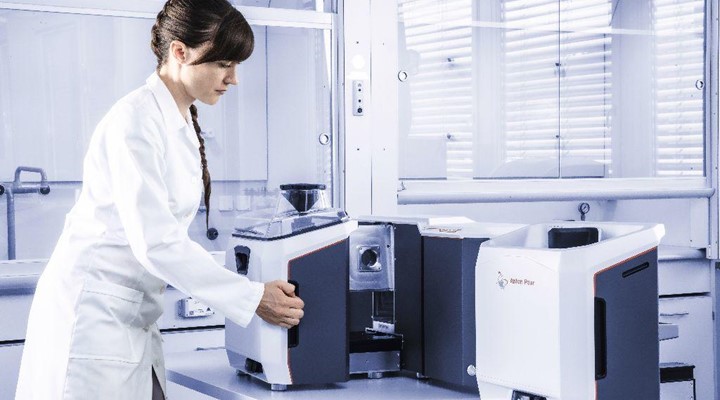





-160x160-state_article-rel-cat.png)




-160x160-state_article-rel-cat.png)




